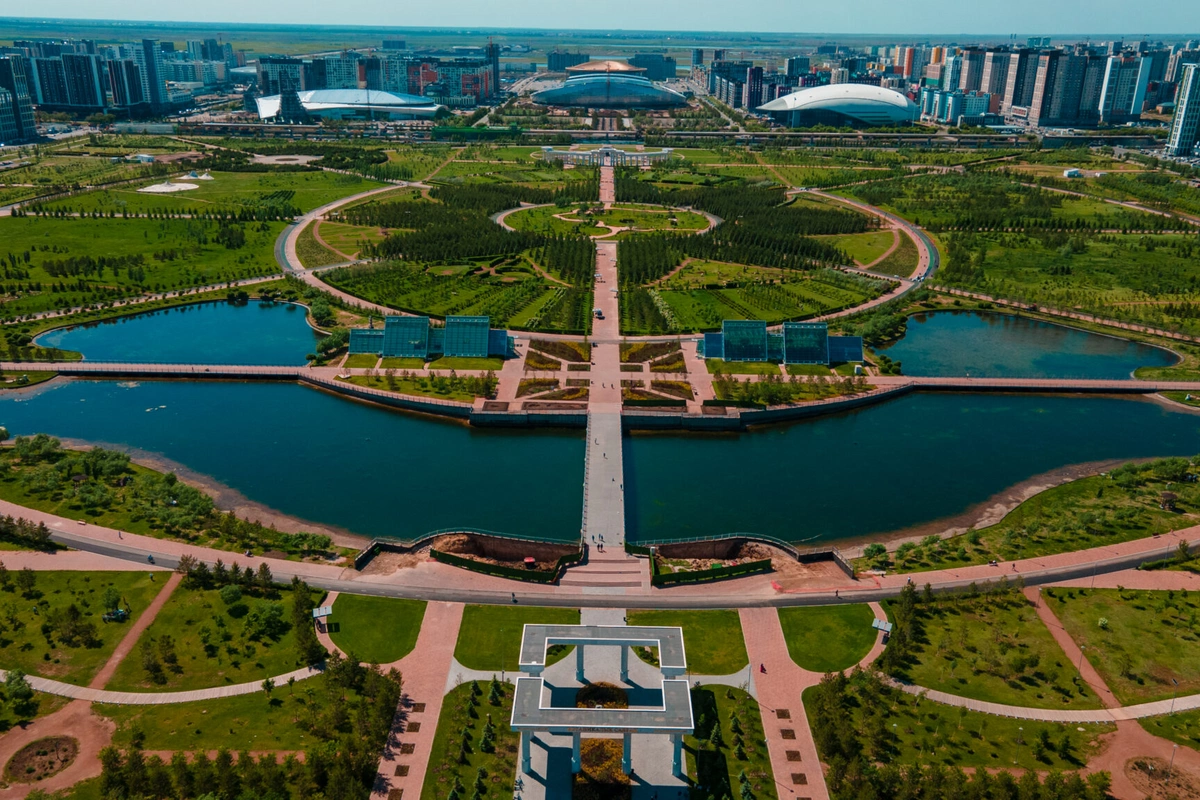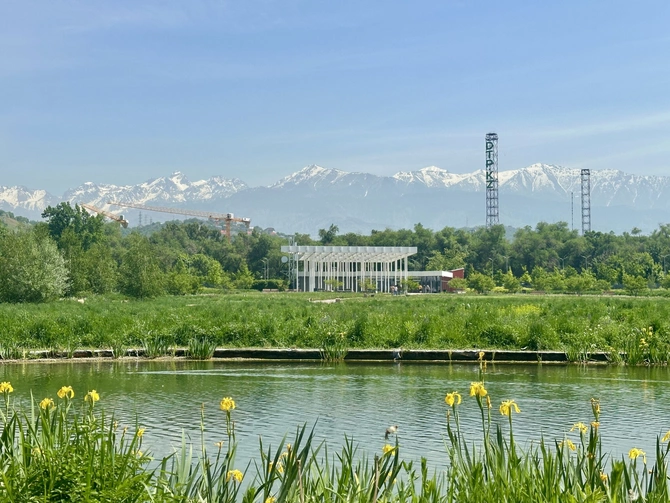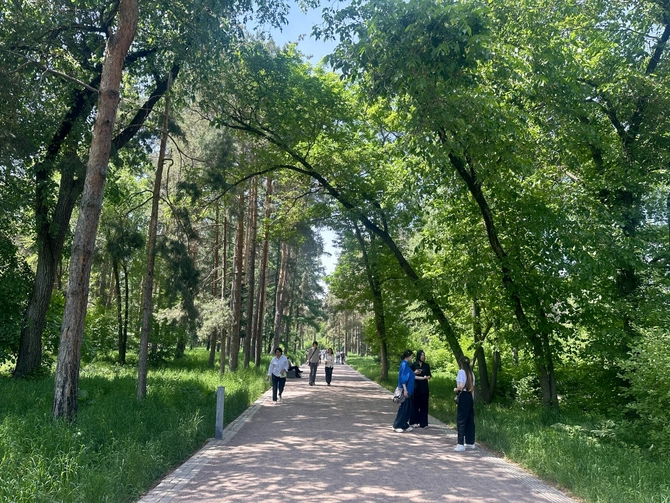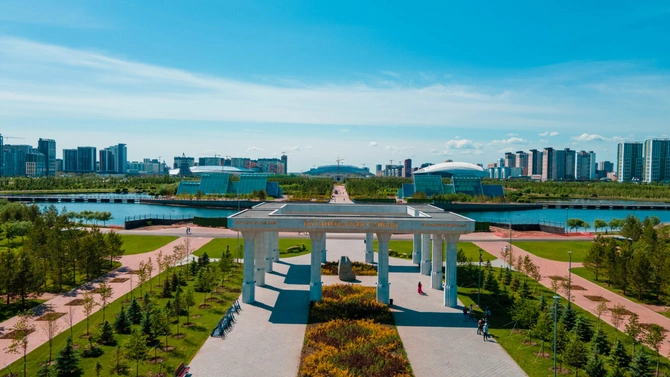
Source: Astana Times
As urban development accelerates and soil turns to stone, one lesson keeps resurfacing: without green lungs, cities can not survive -we need space for nature to make space for life. The botanic gardens in Almaty and Astana are not just homes to rare plants - they are living museums, scientific hubs, and cultural spaces where nature, innovation, and civic responsibility converge.

The Main Botanical Garden in Almaty reflects a rich legacy and strong scientific tradition. Photo credit: Aibarshyn Akhmetkali
Almaty: a botanical legacy rooted in history
Almaty’s botanic garden traces its roots back to 1932, the same year the Institute of Botany and Phytointroduction was founded. By 1946, the area had grown into an independent scientific institution under the Kazakh SSR Academy of Sciences. Over nearly a century, it has become a cherished part of the city’s identity - preserving plant species from Kazakhstan and beyond, including flora from Siberia, Europe, the Americas, and East Asia.
Spanning over 100 hectares, the garden is divided into four core zones - exhibition, scientific, public, and administrative. But this space grows more than plants. It cultivates ideas: from the introduction of new species to molecular genetic research and the development of technologies for sustainable urban landscaping.

Photo credit: Aibarshyn Akhmetkali
A major transformation began in 2018, marking a new chapter in the garden’s evolution. The Bulat Utemuratov foundation invested $15 million into modernization efforts. The project focused on both preserving biodiversity and reimagining the garden as a fully accessible space for all.
More than 174,000 plants were added. Irrigation systems were restored, paths were resurfaced, new lighting and ponds were installed, and the southern parterre - once a vacant lot - was transformed into a vibrant zone of native grasses and public gathering space. Inclusive infrastructure was also introduced, with tactile paths and ramps for visitors with disabilities. A mobile app was also developed to help visitors navigate the garden and learn more about the plant collections.
Thus, it’s a bright example of how socially responsible businesses can do more than donate - it can shape the very environment in which cities grow.
Astana: a garden designed for the future
The Astana botanic garden is younger but no less ambitious. Opened in 2018, it quickly gained national protected status and now spans 89 hectares in one of the capital’s fastest-growing and most desirable residential districts blending environmental value with urban prestige.

The Astana Botanical Garden. Photo credit: The Astana Times
Nearly half the garden - 42.9 hectares - is a public park overseen by the city, offering space for walking, cycling, and community life. And what sets the garden apart is what lies inside: a high-tech greenhouse modeled after a climatron, complete with automated misting and irrigation systems. Inside there are over 240 species of tropical and subtropical plants. This is not just a showpiece - it’s a working lab, where scientists research endangered species, develop a nationally recognized herbarium and maintain a seed bank for Kazakhstan’s native flora.
The garden is also home to cutting-edge research facilities in dendrology, paleobotany, and biotechnology. Future plans include specialized zones for endangered species, steppe ecosystems, and climate-resilient plantings adapted to the realities of northern and central Kazakhstan - crucial work in the face of global climate change.
Shared roots, shared responsibility
The Main Botanical Garden in Almaty and the Astana Botanical Garden are not just gardens - they are special spaces for sustainable urban growth. The gardens foster biodiversity, environmental education, and a public mindset that presents nature as part of the urban structure. Almaty’s garden embodies the depth of legacy and scientific tradition, while Astana’s looks ahead - a symbol of the innovation modern cities demand.
Together, they reveal what’s possible when researchers, forward-thinking businesses, and city governments collaborate with a common goal. Urban development thrives when nature is an ally, not a victim - and that’s when cities truly begin to evolve.
Source: Astana Times
Share on social media